

Articles
How Does A Bladeless Fan Work
Modified: February 28, 2024
Discover how bladeless fans work and why they're a popular choice for cooling. Dive into this insightful article and uncover the benefits of bladeless technology.
(Many of the links in this article redirect to a specific reviewed product. Your purchase of these products through affiliate links helps to generate commission for Storables.com, at no extra cost. Learn more)
Introduction
Bladeless fans have revolutionized the way we experience cooling and air circulation in our homes and offices. Unlike traditional fans with visible blades, bladeless fans utilize innovative technology to create a powerful stream of smooth and uninterrupted airflow. These bladeless wonders not only provide effective cooling but also offer a stylish and sleek design that seamlessly fits into any modern space.
In this article, we will delve into the fascinating world of bladeless fans, exploring their principle of operation, components, advantages, disadvantages, and their applications in various settings. So, let’s take a closer look at how bladeless fans work and what sets them apart from their traditional counterparts.
Key Takeaways:
- Bladeless fans operate on the principle of air multiplication, utilizing advanced aerodynamics to create a smooth and focused airflow. They offer safety, stylish design, and customizable cooling, making them ideal for modern spaces.
- While bladeless fans provide efficient and stylish cooling, they come with higher costs and limited airflow range. Their applications span from residential to commercial settings, offering a sleek and safe cooling solution.
Read more: How Does A Dyson Bladeless Fan Work
Principle of Operation
The principle of operation behind bladeless fans lies in the concept of air multiplication. Instead of using traditional fan blades to propel air forward, bladeless fans draw in air through a small opening and then amplify and accelerate it using a combination of engineering techniques.
At the core of a bladeless fan is a brushless electric motor that drives the device’s airflow. This motor is located at the base or bottom of the fan and is responsible for creating the necessary suction. The fan’s shape and design are crucial in facilitating the smooth flow of air. The air is drawn into the base of the fan and then passes through a series of airflow channels or hollow tubes.
Inside the fan, the air is directed towards a curved ramp, also known as an airfoil, which is positioned at a specific angle. This airfoil creates a jet of air that adheres to the surface due to the Coandă effect, a phenomenon where a fluid flow follows a nearby curved surface instead of continuing in a straight path. The Coandă effect allows the bladeless fan to achieve a steady and focused airflow.
As the air reaches the top of the airfoil, it undergoes compression and is then expelled through a narrow slot, creating a concentrated stream of air. This accelerated airflow runs along the circumference of the fan and induces surrounding air to enter the pathway, resulting in a multiplied airflow. The expelled air forms a layer of low-pressure air around the concentrated stream, creating a smooth and uninterrupted airflow.
The design of bladeless fans ensures that the airflow is directed in a controlled and precise manner. Users can easily adjust the angle of the airflow by tilting the fan or using the incorporated oscillation feature. Additionally, some bladeless fans feature adjustable airflow speed settings, allowing users to customize their cooling experience.
Overall, the principle of operation behind bladeless fans is centered on using advanced aerodynamic techniques to create a powerful and consistent stream of airflow, providing effective cooling and air circulation in a sleek and modern package.
Components of a Bladeless Fan
A bladeless fan consists of several key components that work together to deliver its unique and efficient airflow. While the specific design and components may vary between different models and brands, the fundamental elements remain relatively consistent.
1. Base or Stand: The base or stand serves as the foundation of the bladeless fan. It houses the motor and provides stability to the entire unit.
2. Brushless Electric Motor: The brushless electric motor is the heart of the bladeless fan. It generates the power needed to create the airflow. This motor is typically located at the base of the fan and drives the internal mechanisms to draw in and amplify air.
3. Airflow Channels: Bladeless fans are equipped with a network of airflow channels or hollow tubes that guide the air from the base to the desired exit point. These channels are designed to maintain a smooth and efficient flow of air throughout the fan.
4. Airfoil or Airflow Amplifier: The airfoil, also known as an airflow amplifier, plays a crucial role in the operation of bladeless fans. It is usually positioned at the top of the fan and helps to accelerate and amplify the air. The curved shape of the airfoil is engineered to utilize the Coandă effect to direct the airflow in a controlled manner.
5. Air Exit Slot: The air exit slot is a narrow opening where the amplified airflow is expelled from the fan. It is strategically positioned to ensure a focused and concentrated stream of air.
6. Oscillation and Tilt Mechanisms: Many bladeless fans feature oscillation and tilt mechanisms that allow users to adjust the direction of the airflow. Oscillation allows the fan to rotate from side to side, providing widespread cooling, while the tilt function enables users to angle the airflow in a specific direction.
7. Controls and Settings: Bladeless fans come equipped with user-friendly controls and settings. These can include adjustable airflow speed settings, remote controls, timers, and other features that enhance the user’s convenience and functionality.
While these are the main components of a bladeless fan, it’s important to note that different models may incorporate additional features or variations in design. However, the fundamental concept of creating a smooth and uninterrupted airflow remains at the core of all bladeless fan designs.
Airflow Creation
The creation of airflow in a bladeless fan is a result of the unique design and aerodynamic principles employed by the device. Unlike traditional fans with visible blades, bladeless fans create a smooth and powerful airflow through a combination of suction, amplification, and controlled direction.
The airflow creation process can be broken down into several steps:
1. Suction: At the base of the bladeless fan, a brushless electric motor creates suction by drawing in air through a small opening. The motor generates a low-pressure zone within the fan, which prompts the surrounding air to flow towards it.
2. Air Amplification: Once the air is drawn into the fan, it enters a series of airflow channels or hollow tubes that guide it towards the top of the device. As the air flows through these channels, it undergoes a process of amplification. The channels are specially designed to maintain a smooth and efficient flow of air and to prevent turbulence.
3. Coandă Effect: As the amplified air reaches the top of the channels, it encounters a curved ramp or airfoil. The curved shape of the airfoil, combined with the Coandă effect, directs the airflow and creates a concentrated jet of air. The Coandă effect is a phenomenon in fluid dynamics where air tends to adhere to a nearby curved surface, resulting in a focused and controlled stream of airflow.
4. Air Expulsion: The concentrated stream of air is expelled through a narrow slot at the top of the fan. This narrow opening further accelerates the airflow, resulting in a powerful and focused stream of cool air.
5. Surrounding Air Induction: As the expelled air travels along the circumference of the fan, it induces surrounding air to enter the pathway. This induction creates a multiplier effect, increasing the amount of airflow and creating a continuous and uninterrupted stream of cool air from the fan.
The overall result of this airflow creation process is a powerful, focused, and smooth stream of air that effectively cools the surrounding area. The design of bladeless fans ensures that the flow of air is controlled and directed where it is needed, providing effective cooling without the traditional limitations of a fan with visible rotating blades.
Advantages of Bladeless Fans
Bladeless fans have gained popularity for several reasons, offering a range of advantages over traditional fans with visible blades. Let’s explore some of the key benefits of using a bladeless fan:
- Safety: One of the significant advantages of bladeless fans is their safety. Since they don’t have exposed blades, there is no risk of accidental finger injuries, particularly important for households with children or pets.
- No Dust Build-Up: Traditional fans with blades tend to accumulate a significant amount of dust over time, requiring frequent cleaning. Bladeless fans, on the other hand, are easier to clean and maintain since they don’t have blades that can trap dust and debris.
- Smooth and Undisturbed Airflow: Bladeless fans utilize advanced aerodynamic techniques to create a smooth and uninterrupted stream of airflow. This results in a more pleasant and comfortable cooling experience compared to the sometimes choppy and gusty airflow produced by traditional fans.
- Stylish and Modern Design: Bladeless fans are known for their sleek and futuristic design. They are often considered a statement piece that complements and enhances the aesthetics of any space. Bladeless fans can seamlessly blend into modern decor, creating a visually appealing environment.
- Quiet Operation: Bladeless fans are typically quieter compared to traditional fans with blades. The absence of rotating blades eliminates the noise created by air turbulence, resulting in a quieter cooling experience.
- Customizable Airflow: Many bladeless fans come with adjustable airflow settings, allowing users to control the speed and direction of the airflow. This customization feature enables users to tailor the cooling experience according to their preferences.
- Oscillation and Tilt: Bladeless fans often incorporate oscillation and tilt mechanisms. These features allow the fan to rotate from side to side, providing widespread cooling coverage, and also enable users to adjust the angle of the airflow to their desired direction.
- Energy Efficient: Bladeless fans are designed to be energy-efficient. By utilizing advanced motor technology and focusing the airflow, they can provide effective cooling while consuming less energy compared to traditional fans.
- Reduced Air Discomfort: Traditional fans can sometimes cause discomfort due to the direct, concentrated airflow hitting the body. Bladeless fans offer a more diffused and gentle airflow, reducing the drying effect on the skin and preventing the discomfort associated with prolonged exposure to concentrated air currents.
Overall, bladeless fans offer an array of advantages that make them an attractive choice for cooling and air circulation. From safety and aesthetics to efficient and customizable airflow, these innovative fans provide a modern and enjoyable cooling experience.
A bladeless fan works by drawing air into the base and then accelerating it through a hollow ring, creating a smooth and consistent airflow without the use of traditional fan blades.
Read also: 11 Best Bladeless Fan for 2024
Disadvantages of Bladeless Fans
While bladeless fans offer numerous advantages, it’s important to consider their potential drawbacks. Here are some of the disadvantages associated with bladeless fans:
- Higher Cost: Bladeless fans are generally more expensive compared to traditional fans with visible blades. The advanced technology and sleek design contribute to the higher price point.
- Limited Airflow Range: Bladeless fans typically have a more focused airflow compared to traditional fans. While this can be advantageous for directing air towards a specific area, it may not provide the widespread cooling that larger spaces require.
- Less Powerful Airflow: Due to the design and technology used in bladeless fans, the airflow may not be as powerful as that of traditional fans with large blades. In situations where strong airflow is crucial, such as industrial settings or extreme heat conditions, bladeless fans may not be the most suitable option.
- Installation Limitations: Bladeless fans often require a stable and flat surface for proper functioning. Mounting options may be limited, and they may not be suitable for installations on walls or where overhead clearance is limited.
- Reliance on Electricity: Bladeless fans, like all electric fans, rely on a power source for operation. In the event of a power outage or in areas with limited access to electricity, bladeless fans may not be functional.
- Noisy at Higher Speeds: While bladeless fans are generally quieter than traditional fans, some models can produce significant noise at higher speed settings. This noise may be a nuisance for those seeking a quiet environment.
- Limited Design Options: While bladeless fans are known for their sleek and modern design, the options available in terms of size, color, and overall aesthetic may be more limited compared to traditional fans.
- Complicated Maintenance: Bladeless fans can have complex internal mechanisms, which may make maintenance and repair more challenging. Professional assistance may be necessary to address any issues that arise.
- Less Air Colling in Close Proximity: As bladeless fans primarily create a focused stream of airflow, they may not provide as effective cooling in close proximity to the fan itself. Users positioned directly in front of the fan may experience limited cooling compared to traditional fans that disperse air in a wider area.
While these disadvantages are worth considering, they should be weighed against the advantages and individual preferences. Bladeless fans can still offer a safe, stylish, and efficient cooling solution for many people despite these drawbacks.
Comparison with Traditional Fans
When considering whether to choose a bladeless fan or a traditional fan with visible blades, it’s important to understand the key differences between the two. Let’s compare bladeless fans and traditional fans in terms of various factors:
- Safety: Bladeless fans are generally considered safer due to their lack of exposed blades, eliminating the risk of accidental injuries. Traditional fans, on the other hand, can pose a potential hazard, especially for young children or pets.
- Airflow Efficiency: Bladeless fans utilize advanced aerodynamics to create a more focused and smoother airflow compared to traditional fans. This results in a more even distribution of air, while traditional fans may produce irregular air currents.
- Noise Level: Bladeless fans are typically quieter in operation compared to traditional fans. The absence of visible blades reduces air turbulence, resulting in a quieter cooling experience.
- Design and Aesthetics: Bladeless fans are known for their sleek and modern design, often considered a stylish addition to any space. Traditional fans come in a variety of designs, but their visible blades can sometimes be seen as less visually appealing.
- Cleaning and Maintenance: Traditional fans with visible blades can accumulate dust and debris, requiring frequent cleaning. Bladeless fans are easier to clean as they don’t have blades that trap dust. However, their internal mechanisms may be more complex, making professional assistance necessary for maintenance and repair.
- Price: Bladeless fans tend to be more expensive compared to traditional fans. The advanced technology and sleek design of bladeless fans contribute to their higher price point.
- Customization: Many bladeless fans come with adjustable airflow settings, oscillation, and tilt features, allowing users to customize their cooling experience. Traditional fans often have limited customization options.
- Cooling Range: Traditional fans typically have a wider cooling range, especially those with larger blades. Bladeless fans, due to their focused airflow, may not provide as effective cooling in larger spaces.
- Energy Efficiency: Bladeless fans are designed to be energy-efficient, consuming less power compared to traditional fans. As a result, bladeless fans can save on electricity costs over time.
- Applications: Bladeless fans are often preferred in modern or contemporary settings where aesthetics play a significant role. Traditional fans are commonly used in homes, offices, and industrial spaces where practicality and widespread cooling are essential.
Ultimately, the choice between a bladeless fan and a traditional fan depends on personal preference, budget, and specific cooling needs. While bladeless fans offer a range of advantages such as safety, modern design, and smooth airflow, traditional fans may be more suitable for larger spaces and those who prioritize widespread cooling at a lower cost.
Bladeless Fan Applications
Bladeless fans have a wide range of applications in various settings, thanks to their innovative design and efficient airflow. Let’s explore some of the common applications of bladeless fans:
- Residential Use: Bladeless fans are ideal for residential use, providing cooling and air circulation in bedrooms, living rooms, and home offices. Their sleek design makes them a stylish addition to any modern home, while their quiet operation ensures a comfortable environment.
- Office Spaces: Bladeless fans are well-suited for office spaces, where aesthetic appeal and quiet operation are essential. They provide a pleasant and consistent airflow, improving comfort for employees and visitors in work areas, conference rooms, and reception areas.
- Retail Stores: Bladeless fans can be found in retail stores, contributing to a comfortable shopping experience for customers. Their modern design and quiet operation make them a suitable choice for areas such as clothing boutiques, electronic stores, and other retail environments.
- Hospitality Industry: Bladeless fans are used in hotels, resorts, and other hospitality establishments to provide cooling and air circulation in guest rooms, lobbies, and common areas. Their stylish design blends well with the sophisticated ambiance of these establishments.
- Restaurants and Cafes: Bladeless fans are commonly found in restaurants and cafes, contributing to a comfortable dining experience for patrons. They provide a gentle and consistent breeze, enhancing the overall ambiance and comfort level of the dining area.
- Classrooms and Educational Institutions: Bladeless fans are used in classrooms, lecture halls, and libraries to maintain a comfortable learning environment. Their quiet operation and efficient airflow make them ideal for educational settings.
- Healthcare Facilities: Bladeless fans are utilized in healthcare facilities such as hospitals, clinics, and waiting areas. Their sleek design, low noise level, and smooth airflow create a calming and comfortable space for patients and visitors.
- Fitness Centers and Gyms: Bladeless fans are employed in fitness centers and gyms to provide cooling during workouts. Their focused airflow and customizable settings allow users to enjoy a refreshing experience while exercising.
- Art Galleries and Museums: Bladeless fans are utilized in art galleries and museums to ensure proper airflow and temperature control, while also maintaining the aesthetic integrity of the displayed artworks.
- Outdoor Events and Parties: Bladeless fans can be utilized in outdoor events and parties to provide cooling in areas where traditional fans may not be suitable due to their size or noise level. The portable design of bladeless fans allows for easy setup and mobility.
These are just a few examples of the diverse applications of bladeless fans. Their versatility, modern design, and efficient airflow make them suitable for a wide range of settings where cooling and air circulation are essential.
Conclusion
Bladeless fans have undoubtedly revolutionized the way we experience cooling and air circulation in our homes, offices, and various other settings. With their innovative design and efficient airflow, bladeless fans offer a range of advantages over traditional fans with visible blades.
The principle of operation behind bladeless fans, utilizing air multiplication and advanced aerodynamics, creates a smooth and uninterrupted stream of airflow. This provides a more pleasant and comfortable cooling experience while maintaining a sleek and modern aesthetic.
Bladeless fans offer numerous benefits, including enhanced safety, quiet operation, customizable airflow, and stylish design. They are particularly well-suited for residential use, office spaces, retail stores, hospitality industry, and educational institutions, among other applications.
However, it’s important to also consider the potential disadvantages of bladeless fans. These include their higher cost, limited cooling range, and potentially less powerful airflow compared to traditional fans. Additionally, maintenance and repair may require professional assistance.
Ultimately, the choice between a bladeless fan and a traditional fan depends on personal preferences, budget, and cooling requirements. Bladeless fans are an ideal option for those seeking a balance between functionality and aesthetics, while traditional fans may be more suitable for larger spaces or situations that require widespread cooling.
In conclusion, bladeless fans have revolutionized the cooling industry with their advanced technology, sleek design, and efficient airflow. Whether used in homes, offices, retail establishments, or various other settings, bladeless fans provide a safe, stylish, and effective solution for cooling and air circulation.
Frequently Asked Questions about How Does A Bladeless Fan Work
Was this page helpful?
At Storables.com, we guarantee accurate and reliable information. Our content, validated by Expert Board Contributors, is crafted following stringent Editorial Policies. We're committed to providing you with well-researched, expert-backed insights for all your informational needs.
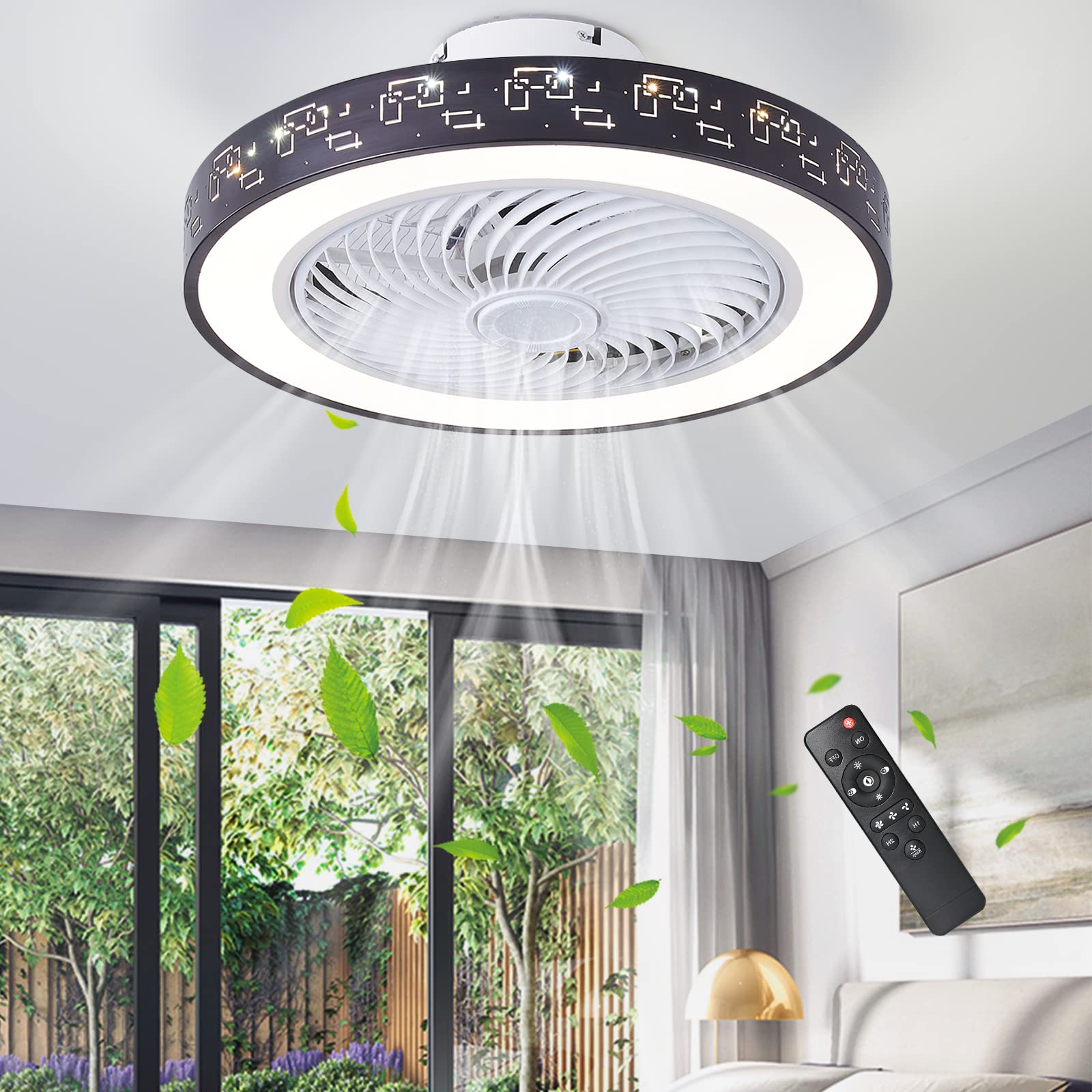
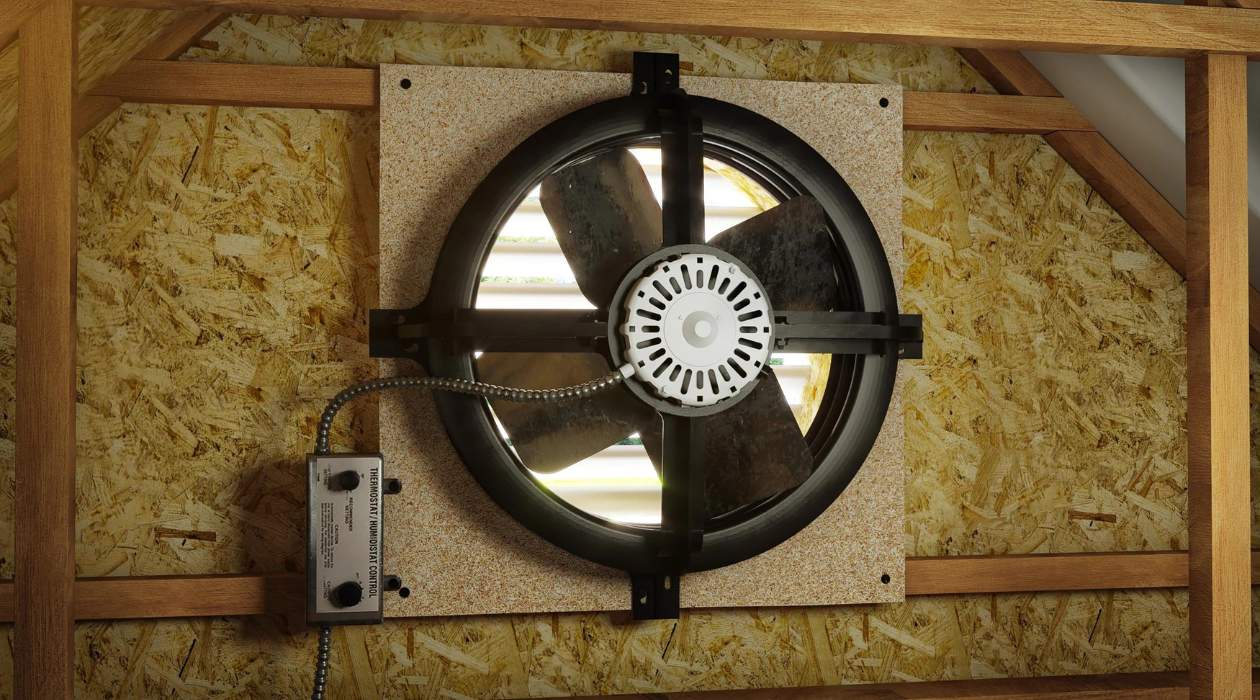
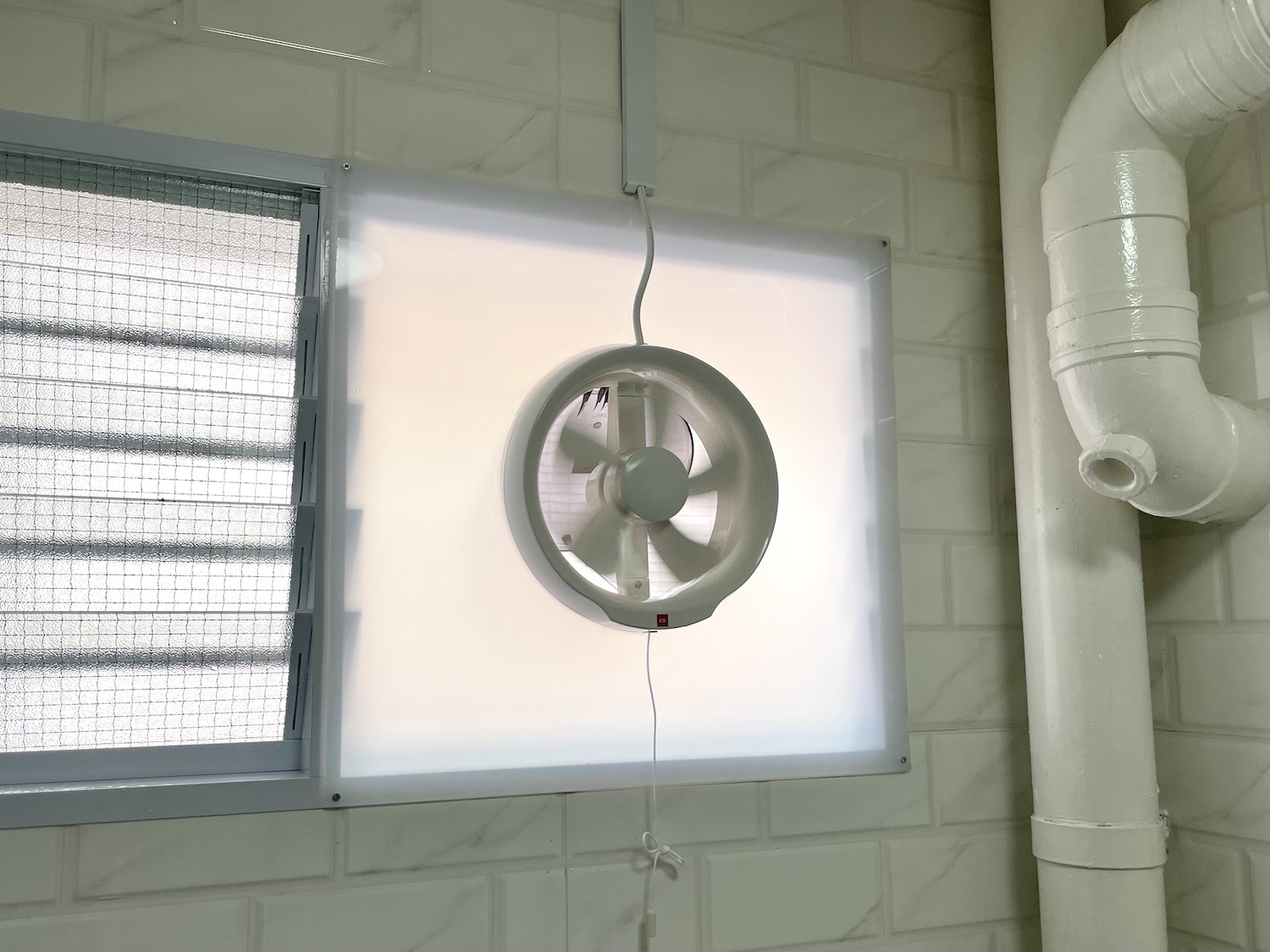
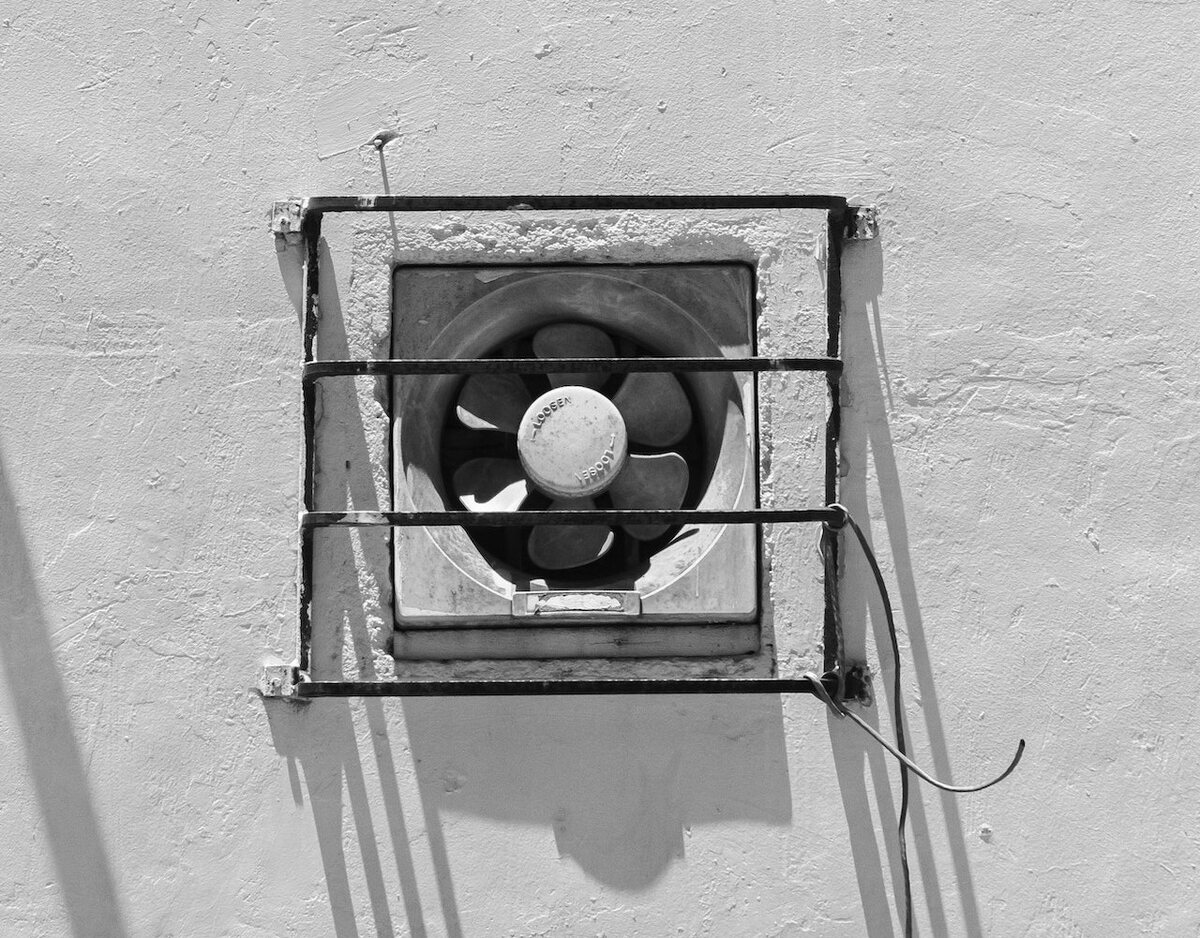

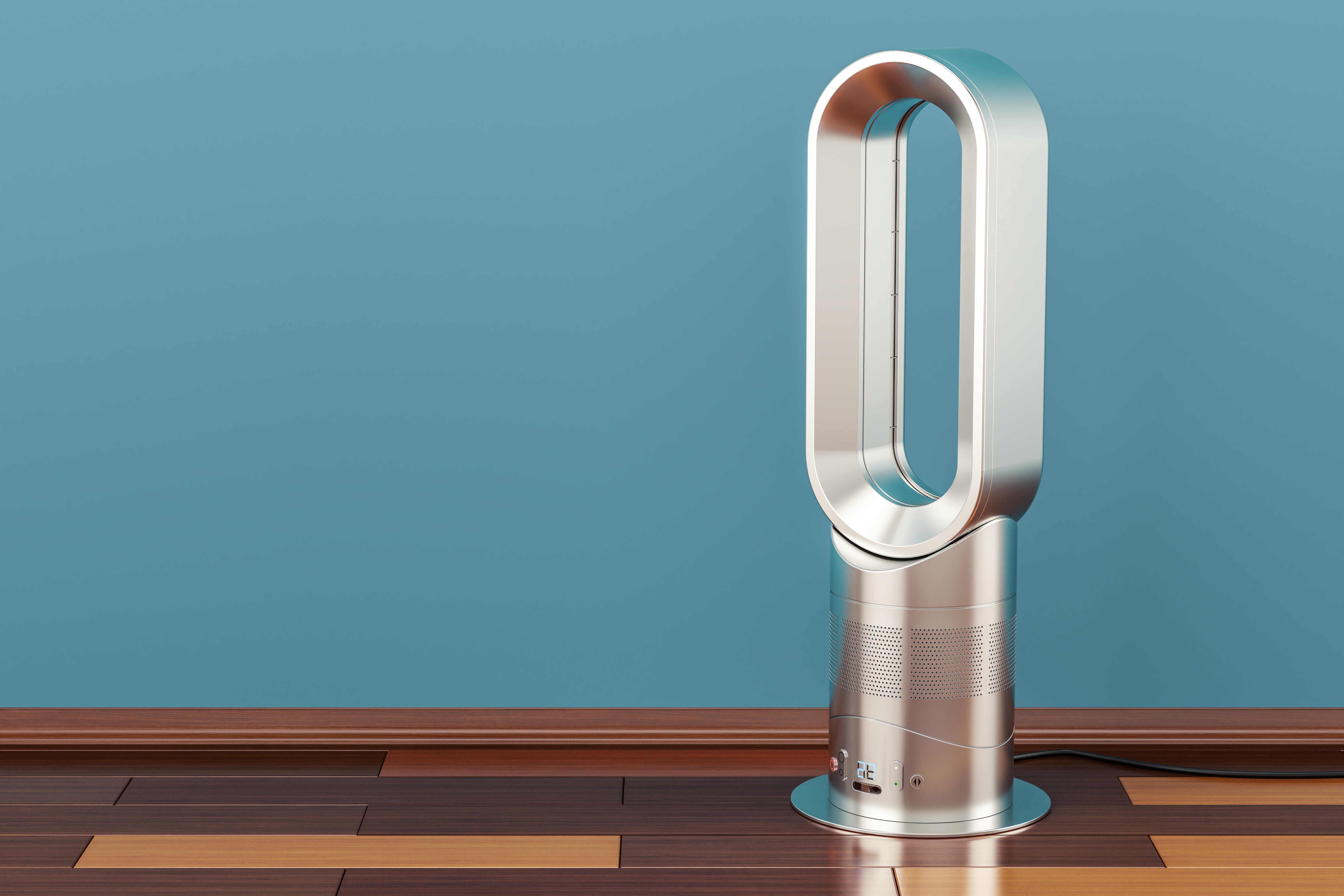



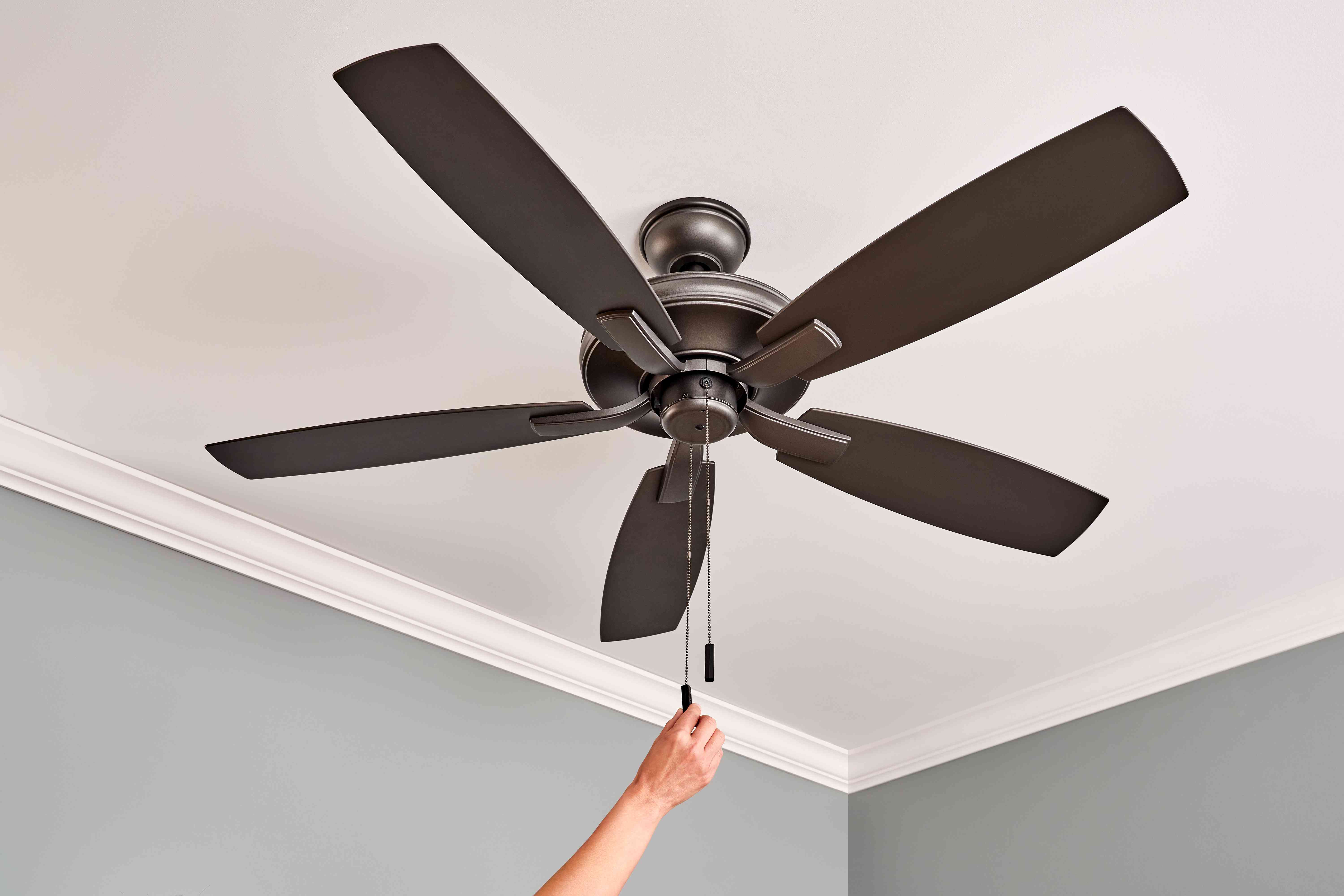
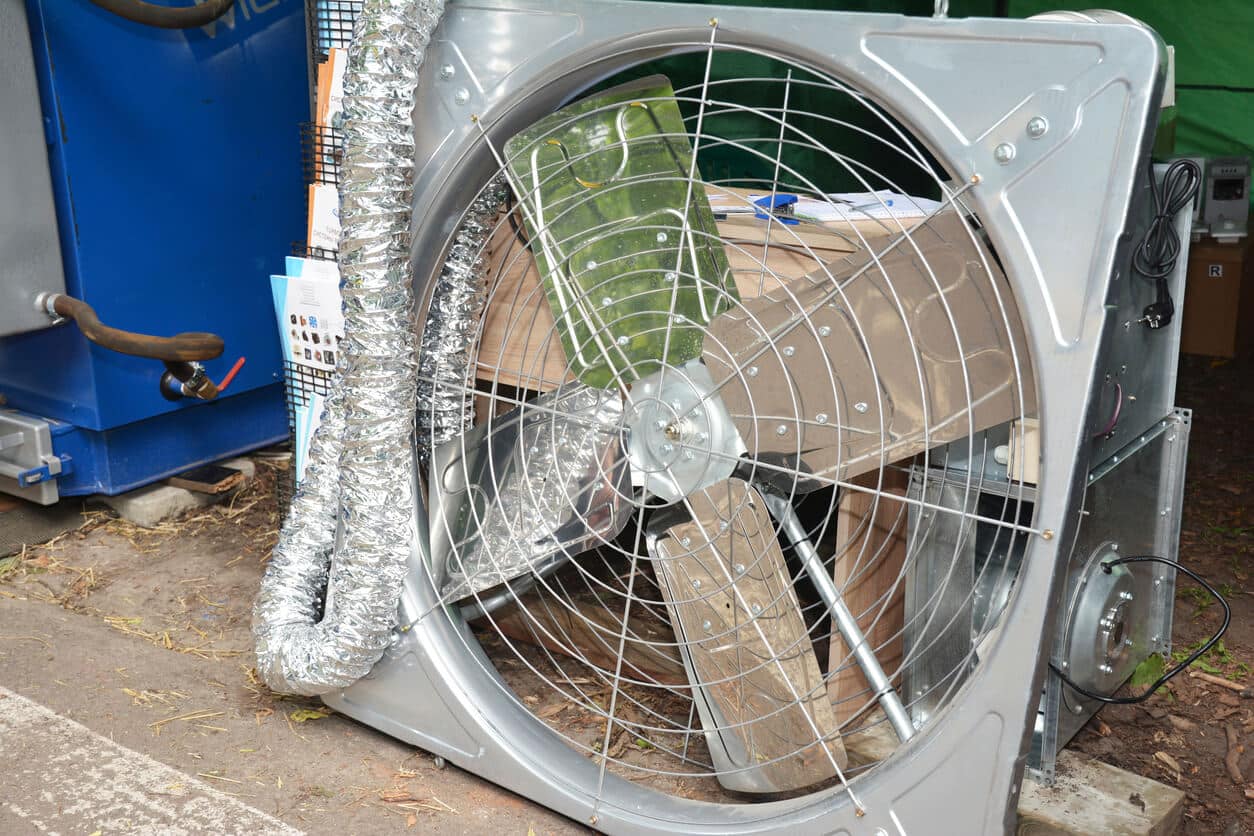
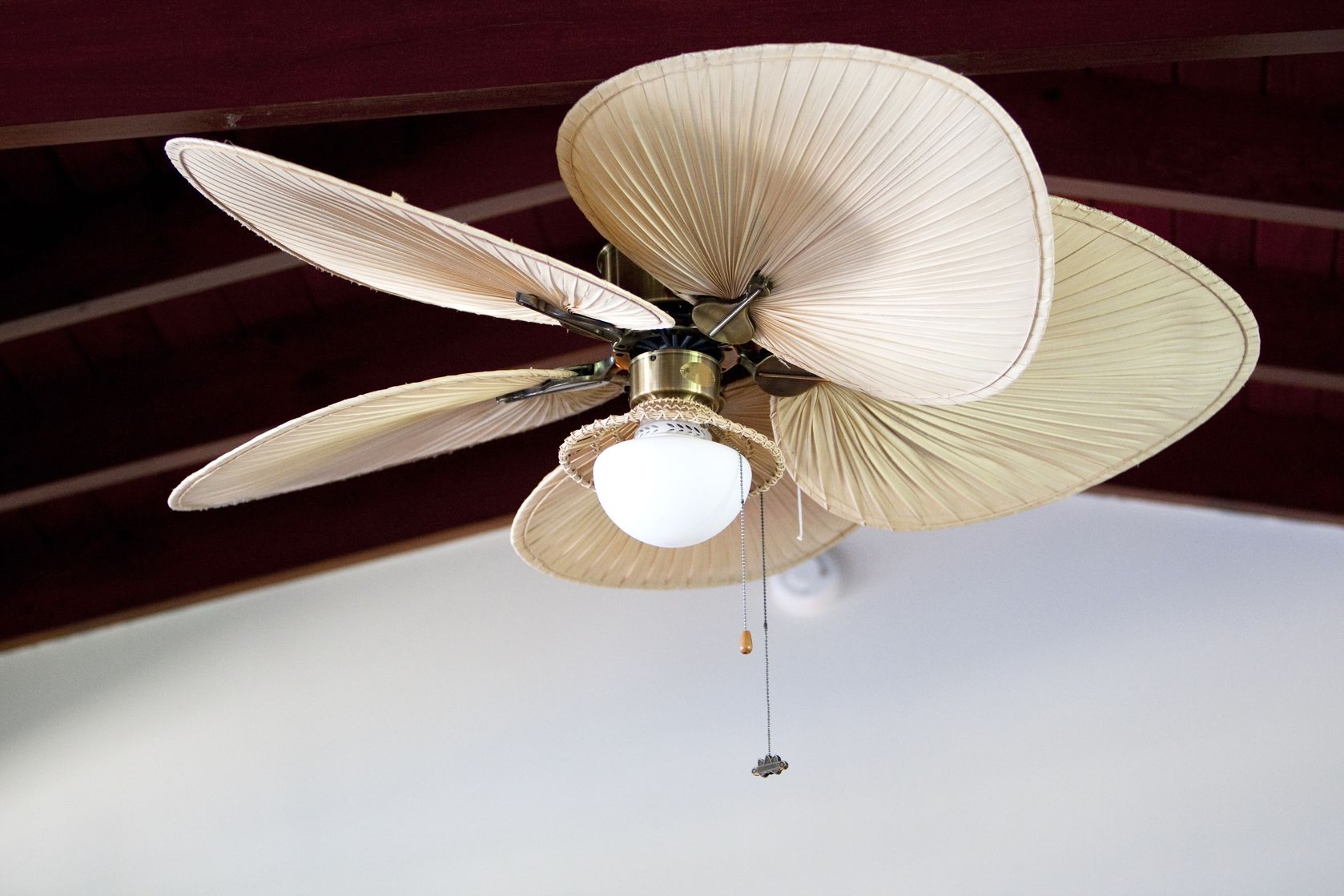

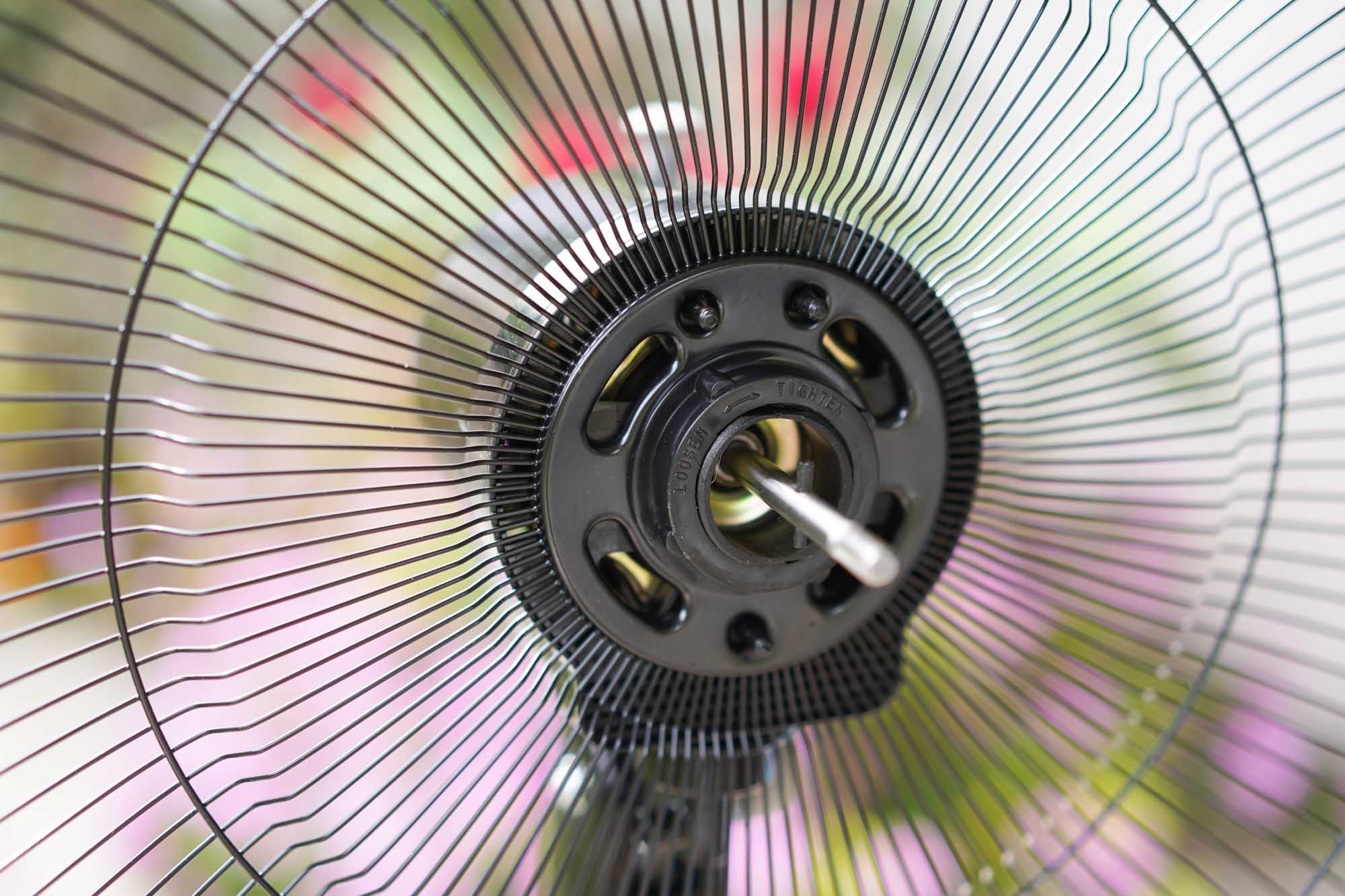

0 thoughts on “How Does A Bladeless Fan Work”